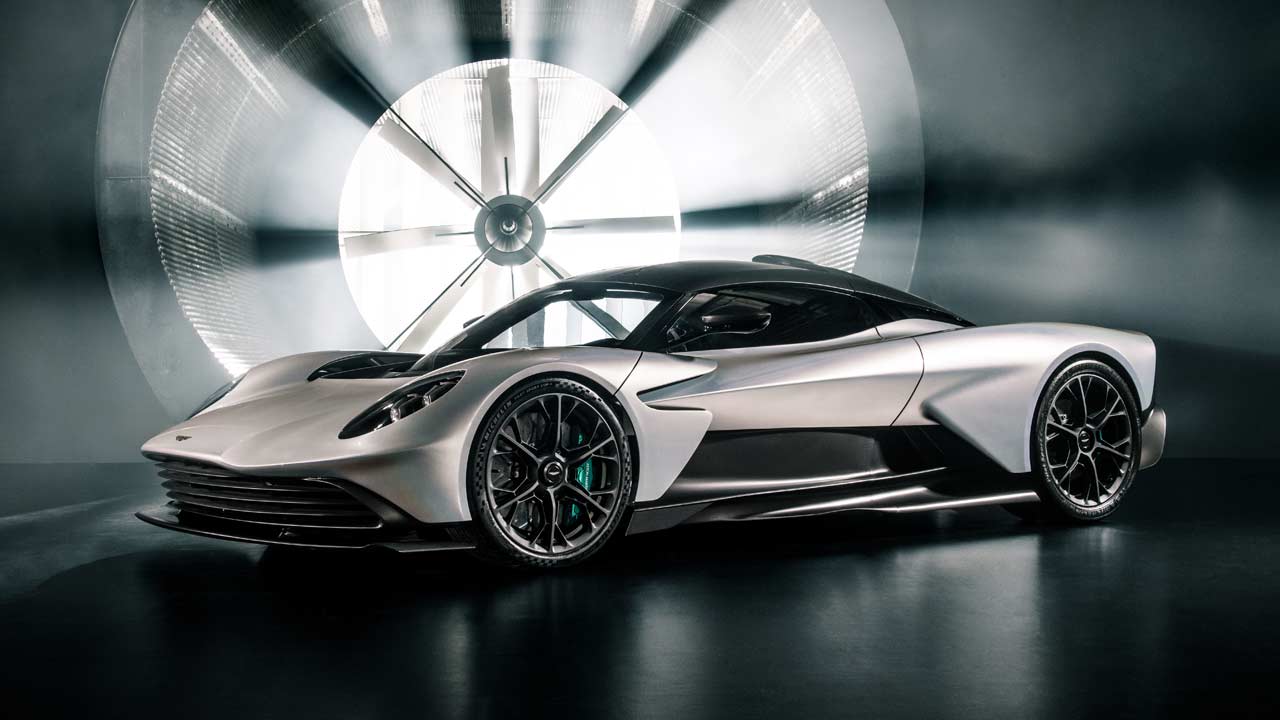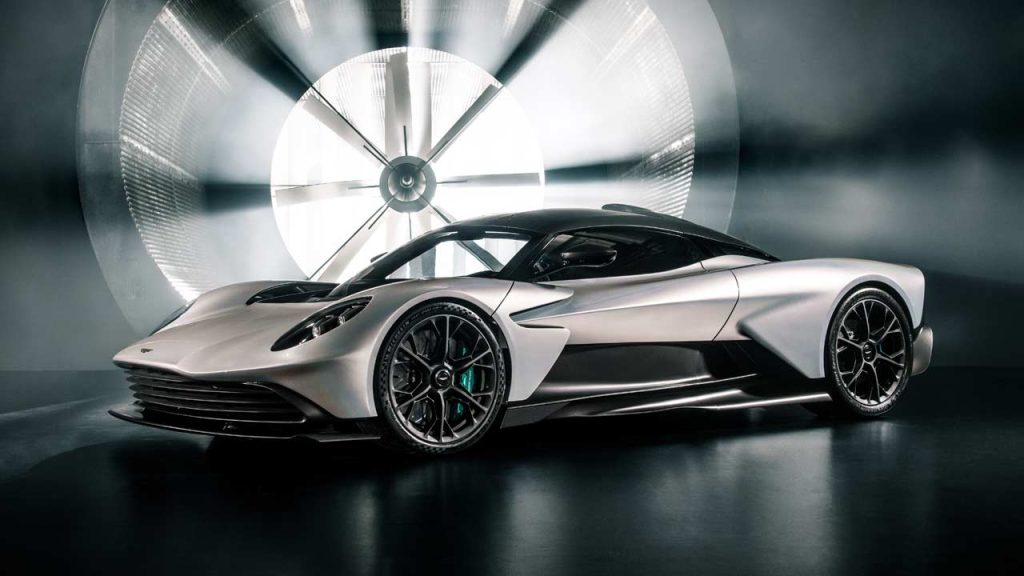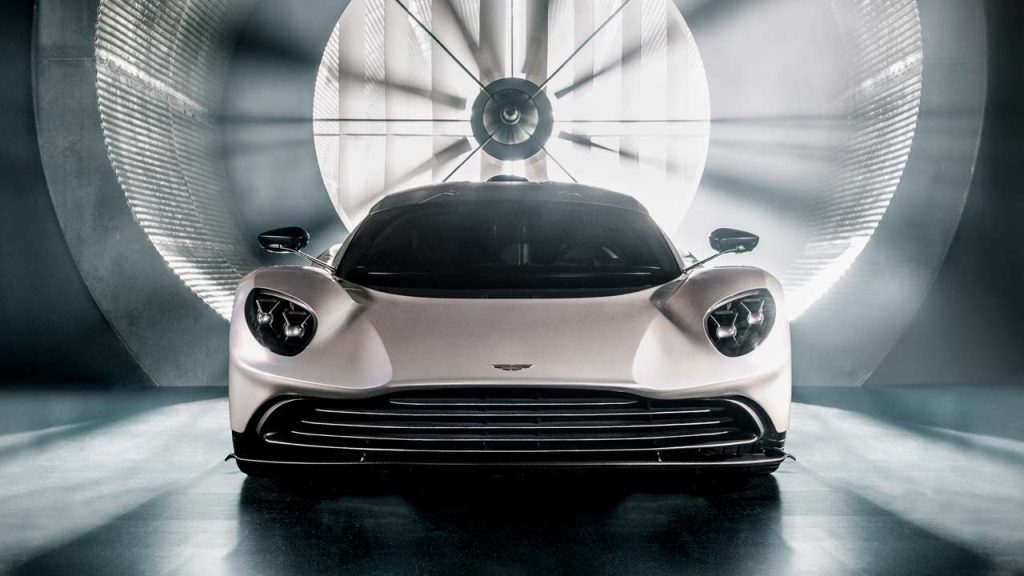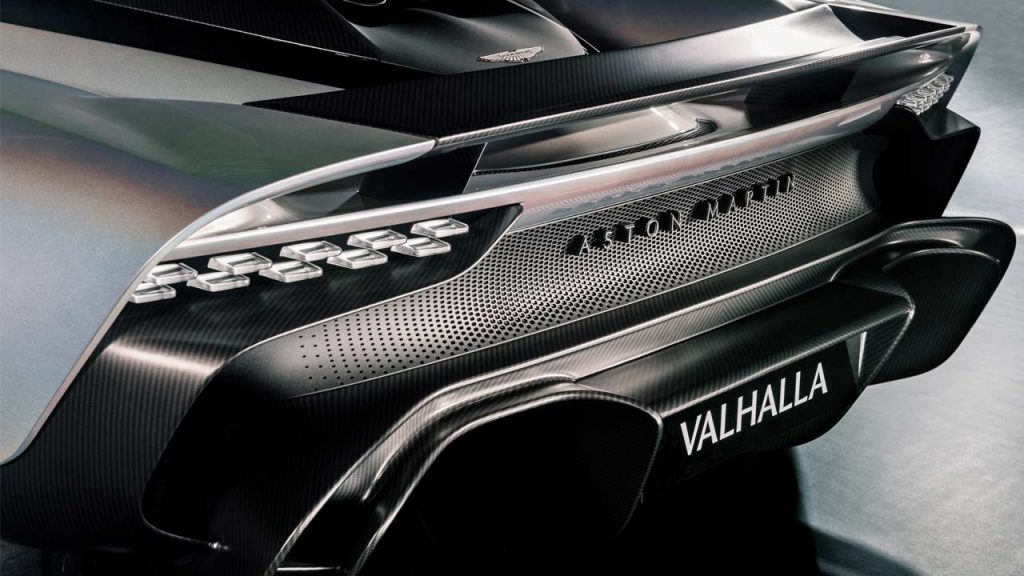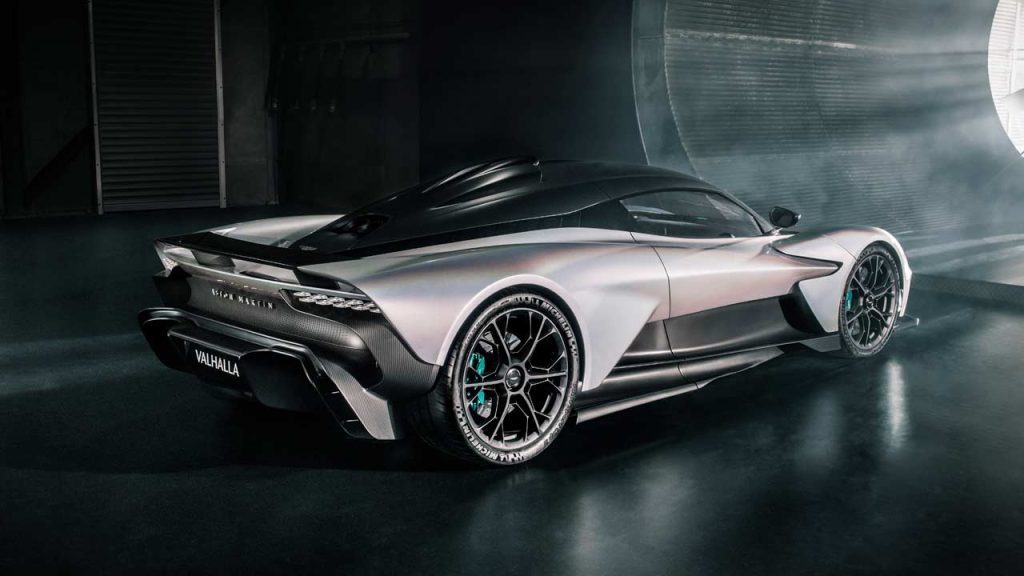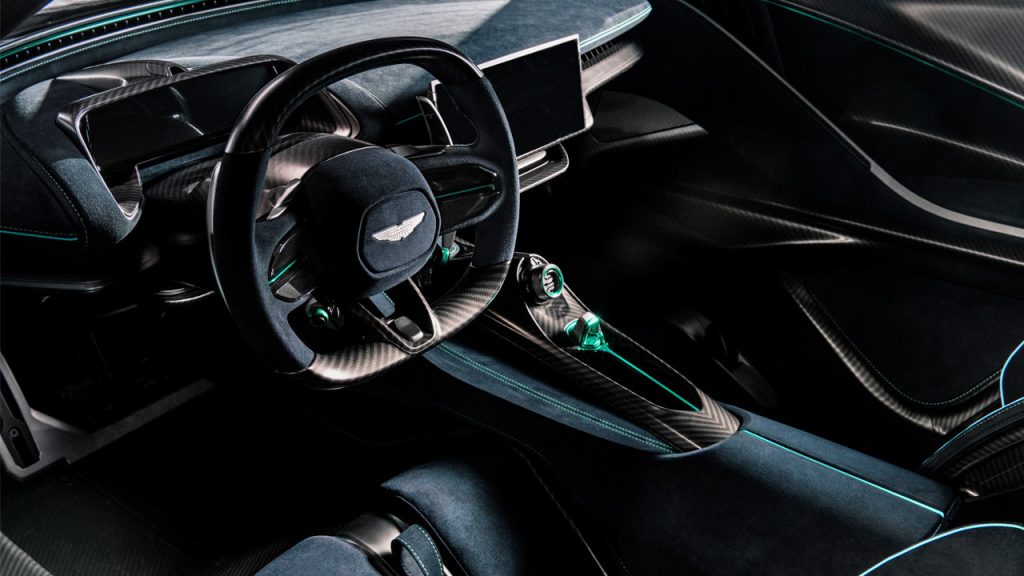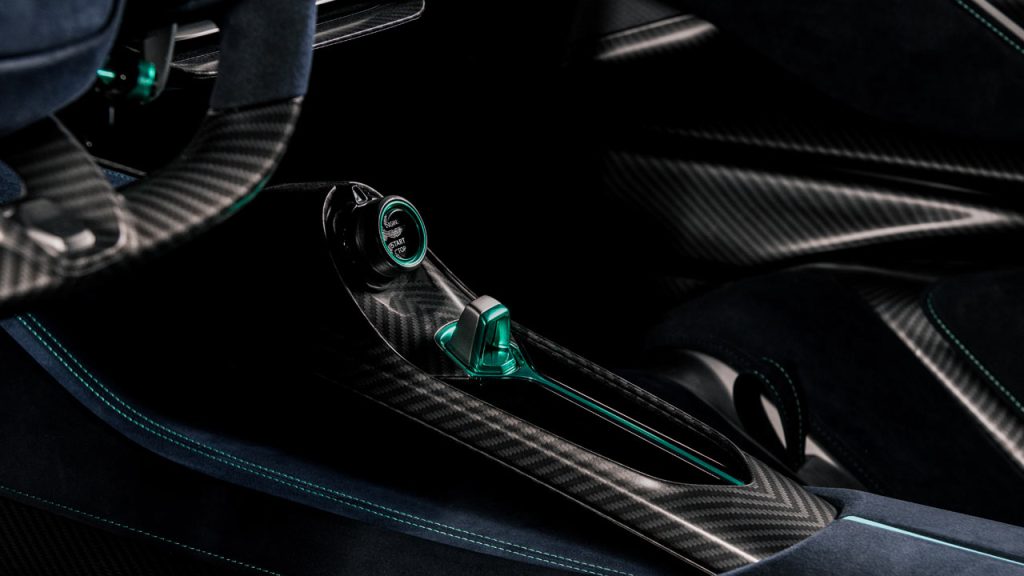Not that 1,000s of people are waiting to put their names into the order book, but Aston Martin feels obligated to share an update on the Valhalla, formerly known as AM-RB 003. The “Son of Valkyrie” has been under development for over 4 years now, and the company said in its latest release that it is seeking help from the Aston Martin Aramco Cognizant Formula One team (AMF1) and also from the Aston Martin Performance Technologies (AMPT) to expedite the development of Valhalla. Just in case you forgot, the Valhalla is limited to 999 units, and Aston hopes to commence production sometime in 2024.
The folks at AMF1 are helping perfect the aerodynamics of the car. The active aero elements at both the front and rear of the car are claimed to generate over 600 kg (1,323 lbs) of downforce at 240 km/h (149 mph). AMPT on the other side is helping with Computational Fluid Dynamics (CFD), carbon fibre material, and driving dynamics. Aston says that the upper and lower sections of the structure are moulded from carbon fibre using a combination of the Resin-Transfer-Moulding process (RTM) and F1-derived autoclave technology, resulting in an immensely stiff, strong and light passenger cell.
Inside the cockpit, AMPT has helped optimise the driving position and ergonomics by taking cues from F1. The driver’s heels are raised by a false floor, which also contains electronic modules, and the unique carbon fibre bucket seat can be reclined to a greater angle to achieve a seating position more closely aligned to the AMR23 race car, whilst still offering road car comfort, the company said.
The powertrain still remains a hybrid, combining a 4.0L V8 biturbo borrowed from AMG and two electric motors (one front and one rear). A third electric motor is integrated into the 8-DCT, offering additional power to the rear wheels as well as acting as a starter/generator for the ICE. Since there are more than sufficient electric motors to take care of reversing the vehicle, the mechanical reverse gear has been thrown away for weight benefits. The revised system output is 744 kW or 1,012 metric hp.

Leave a Reply
Note: Comments that are unrelated to the post above get automatically filtered into the trash bin.
